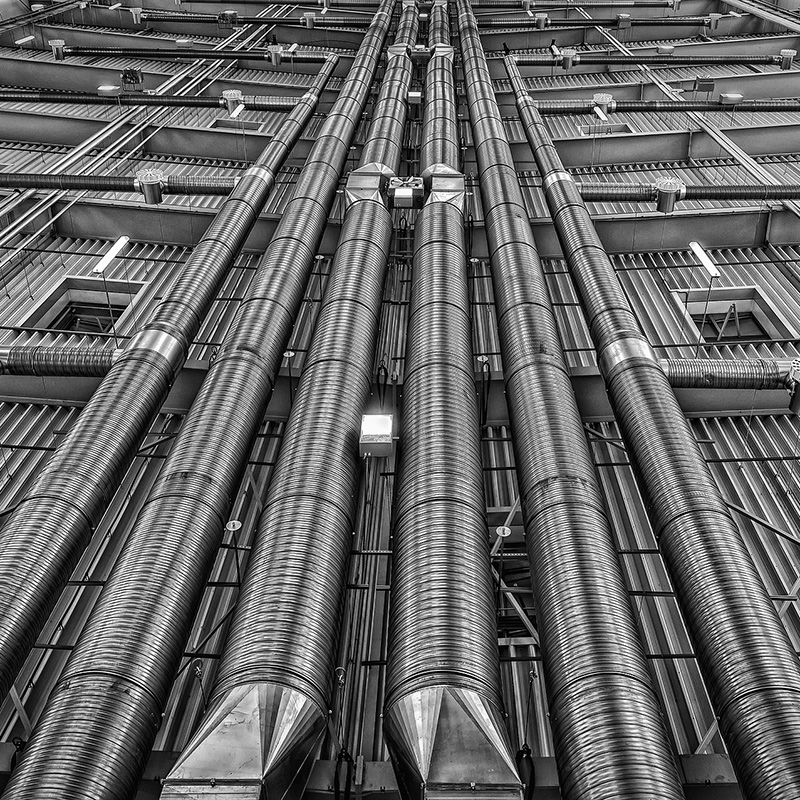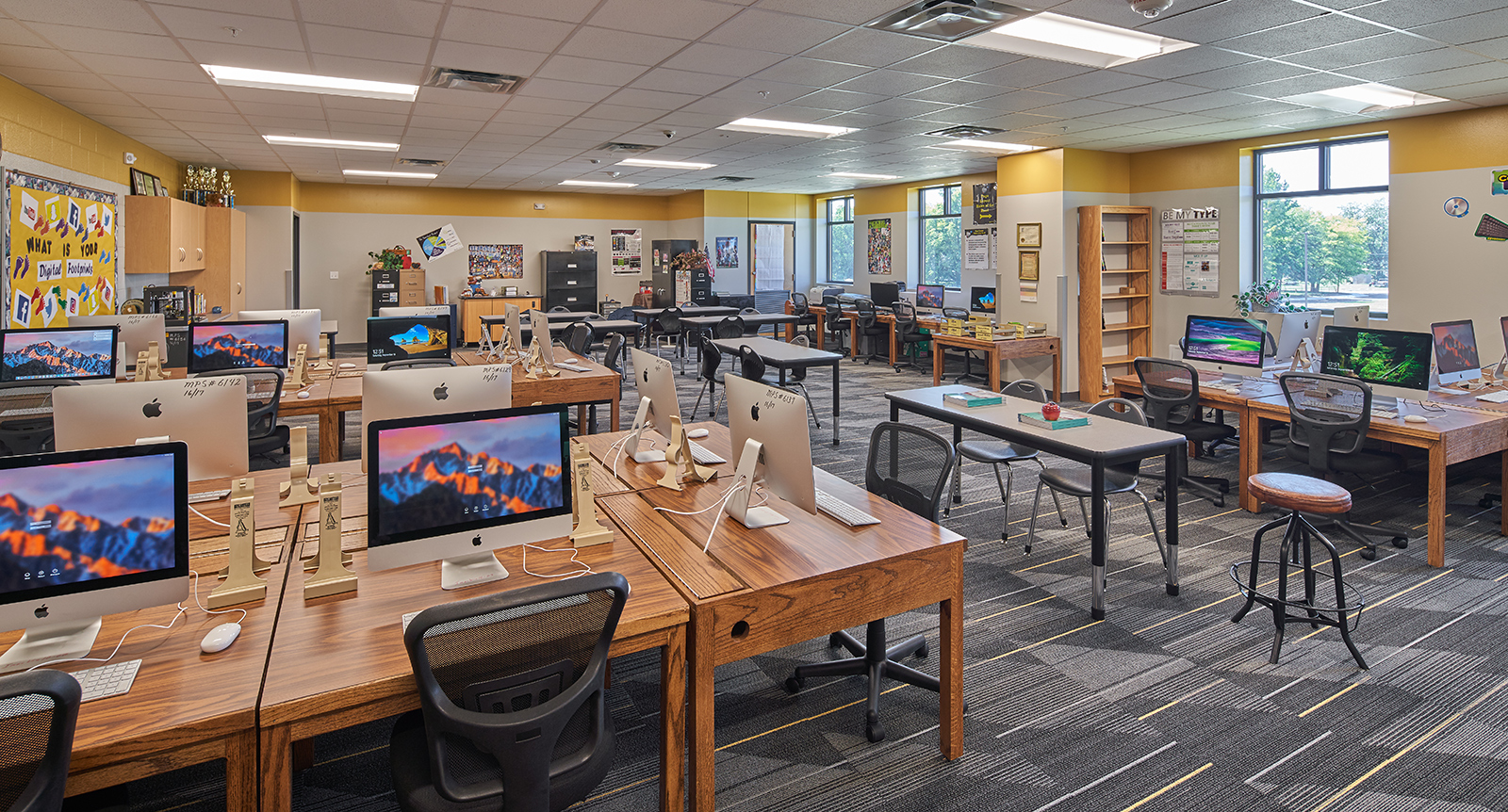
Building Ventilation Becomes Priority During COVID-19 Pandemic
In the current COVID-19 environment, building ventilation has vaulted from a casual talking point to pointed evaluation of indoor environments, particularly in healthcare and education. Terminology like Air Changes per Hour (ACH), percentage of outdoor air, and ventilation effectiveness were formerly the buzzwords of engineers and design professionals and are now commonplace among school professionals.
With the openings of schools and many businesses bringing employees back into the office, many organizations have noted the lack of adequate ventilation and filtration capability and have realized the need for HVAC modification and ventilation upgrades.
Increased awareness of the performance and operation in our facilities’ HVAC systems is now a focal point. Below are a few items schools and building owners alike can implement for improved ventilation performance:
- Operate systems on a continuous basis when the spaces are occupied. Do not set system fans to cycle with temperature control cycling. Continuous ventilation depends on the system fan’s air delivery to ventilate the spaces.
- Increase and maintain the outside air flow by confirming the outdoor air dampers are open when the system is operating.
- Observe and, if necessary, modify air distribution in occupied spaces. One of the terms mentioned above is “ventilation effectiveness.” Simply put, this is how well the air is circulated in the occupied area. For example, if a classroom has a 10-foot ceiling with both the supply and return air grills at ceiling level the “ventilation effectiveness” is comparatively poor. By contrast, the ideal “ventilation effectiveness” would be a system that supplied the air at floor level and returned at the ceiling. Thus, the cleanest air would be circulated over the occupants, literally bathing them in clean air.
Equally important in the discussion of ventilation is operation of facilities’ exhaust systems. Health Department and other codes require specific exhaust rates for various facility spaces, bathrooms, locker rooms, copy rooms, etc. These systems should be closely monitored for proper operation plus code compliant delivery.
While the above is centered on facilities with mechanical ventilation, any facility with the ability to use natural ventilation is a plus. In Arkansas we have considerable periods of the year when this option might be viable, thus enhancing our effectiveness.
As our awareness evolves, sharpening ideas and methods for improved ventilation building owners and facility managers must do everything with diligence. This means covering the ventilation basics — making sure our building’s HVAC system is up to code and correctly maintained, buying more efficient air filters, pulling more fresh outdoor air into the system, and possibly running the system for more hours in the day, including flushing cycles before or after people are inside.
Energy cost for the average facility will certainly increase as added ventilation schemes are implemented. Conditioning increased quantities of outside air plus longer system operating cycles will add to energy consumption and increase maintenance costs. It’s similar to other PPE, the price for dealing with COVID-19.
How we use our buildings and facilities changes every single day in the wake of COVID-19. Owners and managers should look to the most recent expert news and knowledge, while also looking at what is realistic for their own organizations to achieve when updating ventilation systems to meet new operating standards as these ventilation updates will likely become our new normal.
This article was originally published in AMP News Online.
Related Articles

As School Districts Get Ready for Fall Return, Buildings Can Be Adapted for Increased Safety

